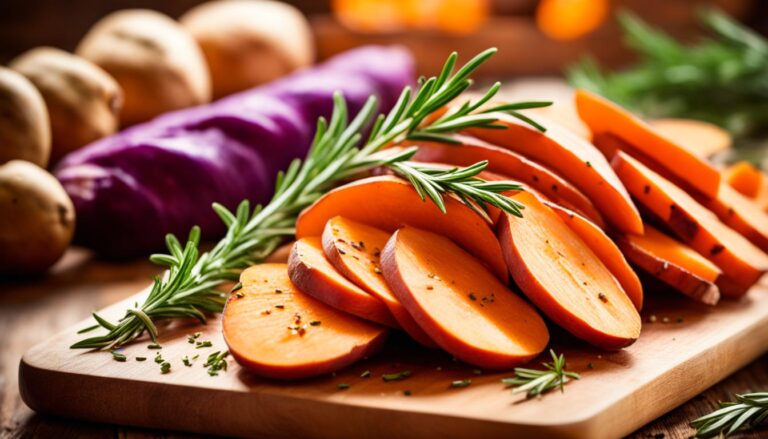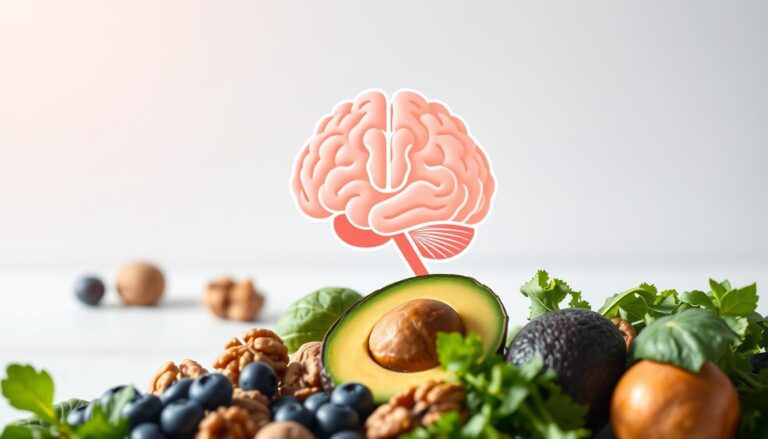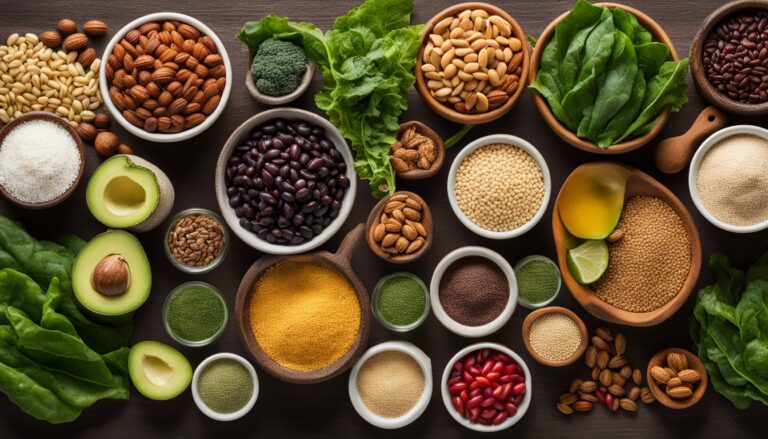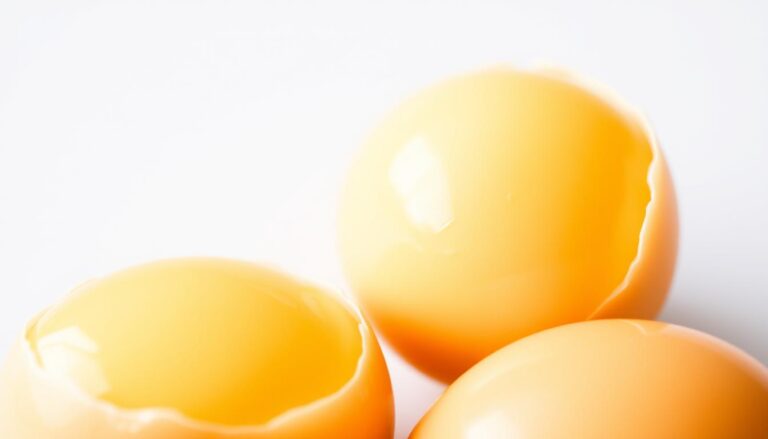Many people wonder whether relying solely on protein shakes can lead to significant weight loss. Nutrition experts like Jessica Cording, R.D., and Sonya Angelone, R.D., debate their effectiveness as a standalone solution. While these shakes may help curb hunger, sustainable results require a balanced approach.
Research suggests that high-protein diets, including shakes, can reduce daily calorie intake by suppressing appetite. A 2015 study found that participants consumed 135 fewer calories per day after a high-protein breakfast. Additionally, increased protein intake supports metabolism and muscle retention, as seen in a 13-week trial where subjects gained 2.8 lbs of muscle mass.
However, evidence remains mixed on whether shakes alone drive fat loss. The key question remains: Can exclusive use of these products deliver long-term success?
Key Takeaways
- Protein shakes may reduce hunger by releasing appetite-suppressing hormones.
- Higher protein intake supports metabolism and muscle preservation.
- Studies show consuming over 35g of protein per serving maximizes fullness.
- Shakes alone may not guarantee sustainable weight loss.
- A balanced diet and exercise remain essential for lasting results.
Can Protein Shakes Really Help You Lose Weight?
Research continues to explore the connection between protein intake and fat reduction. These beverages may support weight management by altering hunger signals and energy use. Below, we examine the science behind their effects.

How Protein Affects Hunger and Metabolism
Protein triggers satiety hormones like CCK and slows stomach emptying. A 2021 study found whey protein reduces post-workout cravings by 35%. Unlike carbs or fats, 20–30% of its calories burn during digestion.
Fast-absorbing whey suits post-exercise recovery, while casein’s gradual release aids overnight muscle repair. Both forms provide essential amino acids, but timing impacts their benefits.
Scientific Evidence on Protein Shakes and Weight Loss
A 2016 meta-analysis linked high-protein diets to consuming 441 fewer daily calories. In a 2017 trial, low-sugar shake users lost 12% more weight than controls. However, most studies combine shakes with diet changes or exercise.
Key limitation: These products alone rarely drive lasting results. Sustainable success requires a holistic approach—shakes complement, but don’t replace, whole foods and activity.
How Protein Supports Weight Loss Goals
Protein’s unique metabolic effects make it a powerful ally for sustainable fat reduction. It not only suppresses hunger but also safeguards lean tissue, creating a dual advantage for reshaping body composition.
Protein’s Role in Reducing Appetite
High-protein diets trigger hormones like CCK, slowing digestion and prolonging fullness. A 6-week study found participants lost 2.9 lbs more fat while gaining 2.4 lbs of muscle with adequate protein. Nitrogen retention prevents muscle breakdown during calorie deficits.
The protein leverage hypothesis suggests the body prioritizes protein intake, often overeating until needs are met. This explains why low-protein diets may increase cravings.
Muscle Preservation and Metabolic Benefits
Muscle tissue burns 6–10 kcal/day per pound at rest—far more than fat’s 2 kcal. Older adults retained 1.3 kg more muscle with just 20g extra protein weekly. Essential amino acids in protein fuels repair and growth.
ACSM guidelines recommend 1.2–2.0g protein/kg for active individuals versus 0.8g/kg for sedentary adults. Extreme calorie cuts without enough protein risk “starvation mode,” slowing metabolism and muscle loss.
“Muscle preservation is critical for long-term metabolic health. Protein provides the building blocks to maintain it during weight loss.”
Types of Protein Shakes for Weight Loss
Selecting the right protein powder can significantly impact weight management results. Different types offer varied digestion rates, amino acid profiles, and nutritional benefits. Below, we compare popular protein powders and their suitability for fitness goals.

Whey vs. Plant-Based Proteins
Whey protein, derived from milk, has a PDCAAS score of 1.0, indicating optimal amino acid completeness. It absorbs quickly, making it ideal post-workout. However, lactose intolerance may require alternatives like pea or rice protein.
Plant-based sources like soy and hemp provide all nine essential amino acids. Soy matches whey’s PDCAAS score (1.0), while hemp (0.61) adds omega-3s. Pea protein (0.93) lacks methionine but pairs well with rice to fill gaps.
Complete vs. Incomplete Protein Sources
Complete proteins contain all essential amino acids. Examples include:
- Soy and quinoa (plant-based).
- Whey and casein (animal-based).
Incomplete protein powders, like rice or pea, benefit from combining. For example, blending pea (rich in lysine) with rice (high in methionine) creates a complete profile.
“Third-party testing, like NSF certification, ensures purity and reduces heavy metal risks—especially vital for plant proteins.”
A 2022 Clean Label Project study found 75% of plant proteins contained lead versus 40% of whey protein. Opting for tested brands maximizes safety and efficacy.
Can I Lose Weight If I Only Drink Protein Shakes?
Nutritionists caution against prolonged use of meal replacement shakes as a sole dietary strategy. While these products offer convenience, they lack the fiber and phytonutrients of whole foods. Registered dietitian Sonya Angelone notes: “Shakes should replace calorie-dense meals, not supplement them.”

Physiological Risks of Liquid Nutrition
Exclusive shake consumption often provides just 1-3g fiber versus the 25g daily recommendation. This deficit may cause digestive issues and disrupt gut microbiome balance. The table below contrasts typical shake nutrition with whole food alternatives:
| Nutrient | Premade Shake (avg) | Whole Food Equivalent |
|---|---|---|
| Fiber | 2g | 8g (1 cup lentils) |
| Sugar | 25g | 4g (1 cup berries) |
| Protein | 30g | 35g (4oz chicken) |
| Phytonutrients | Minimal | 400+ compounds (vegetables) |
Extreme protein intake exceeding 35g per meal may strain kidney function over time. Historical cases of “rabbit starvation” demonstrate the dangers of imbalanced macronutrient ratios without adequate fats or carbs.
Professional Guidelines for Safe Use
Medical supervision is advised for any diet relying solely on shakes beyond 14 days. The FDA recalled several plant proteins in 2018 due to heavy metal contamination, highlighting quality concerns. For sustainable results, experts recommend:
- Using shakes to replace 1-2 daily meals maximum
- Prioritizing products with third-party purity testing
- Supplementing with fibrous vegetables and healthy fats
- Monitoring kidney function during high-protein regimens
Most premade options contain 200-400 calories with 15-40g added sugars—factors requiring careful tracking. A balanced approach combining shakes with whole foods yields better long-term outcomes than extreme liquid diets.
Best Practices for Using Protein Shakes
Strategic timing and proper combinations maximize protein shake benefits. Research shows absorption rates and activity levels significantly impact results. When used correctly, these supplements enhance muscle growth and recovery while supporting overall nutrition.
Optimal Consumption Times
The post-workout window (30-45 minutes) enhances muscle protein synthesis by 50%. During this period, muscles eagerly absorb nutrients for repair. For best results:
- Consume 15-25 grams pre-workout for sustained energy
- Take 25-40g post-workout to maximize recovery
- Space intake every 3-4 hours for continuous benefits
Casein protein before bed provides slow-release amino acids overnight. This timing strategy prevents muscle breakdown during fasting periods.
Integration With Nutrition and Activity
Combining shakes with exercise creates powerful synergy. Endurance athletes benefit from a 3:1 carb-to-protein ratio, while strength trainers prefer 1:2 ratios. Always pair supplements with whole foods for balanced nutrition.
Enhance shakes by adding:
- Chia seeds (4g protein/tbsp) for omega-3s
- Spinach (2.1g fiber/serving) for digestion
- Spirulina (8g protein/14g) for micronutrients
“Never exceed 40g protein per serving—the body can’t utilize excess amino acids effectively.”
A sample day might include a morning shake, grilled chicken lunch, and salmon dinner. This approach ensures adequate protein distribution while maintaining dietary variety.
Potential Side Effects and Considerations
Understanding potential side effects ensures safe and effective protein shake use. While these supplements support fitness goals, individual reactions vary based on ingredients and quality. Below, we examine common concerns and how to mitigate them.
Digestive Issues and Allergies
Bloating and discomfort affect 68% of whey users versus 22% with pea protein. Lactose intolerance often causes diarrhea, while milk protein allergies (CMPA) may trigger hives or swelling. Common allergens include:
- Milk-based powders (whey/casein)
- Soy protein isolates
- Egg white protein derivatives
Gradual introduction helps. Start with 10g per shake, increasing weekly. Avoid proprietary blends—these may hide low-quality fillers or exact protein quantities.
Choosing High-Quality, Third-Party Tested Products
NSF and Informed Choice certifications guarantee less than 0.5ppm heavy metals. The table below compares verification standards:
| Certification | Heavy Metal Limit | Testing Frequency |
|---|---|---|
| NSF Certified | <0.5ppm lead/arsenic | Annual |
| Informed Choice | <0.3ppm mercury | Batch-by-batch |
| Unverified Brands | Up to 5ppm contaminants* | None |
*2022 Clean Label Project findings
“Labdoor rankings and ConsumerLab reports provide unbiased quality assessments for protein powders.”
Red flags include artificial sweeteners like sucralose or undisclosed amino acid spiking. Always check labels for NSF/Informed Choice seals.
Conclusion: Smart Strategies for Protein Shake Weight Loss
Sustainable weight management requires more than just protein shakes. These supplements work best alongside whole foods, not as replacements. Research shows 25-30g of protein per meal maximizes fullness, while 1.6g/kg body weight preserves muscle during calorie deficits.
Long-term reliance on shakes risks micronutrient gaps. Cycling—8 weeks with shakes, 4 weeks focusing on a balanced diet—ensures nutritional diversity. Registered dietitians emphasize pairing shakes with vegetables, healthy fats, and fiber-rich foods.
For optimal results, combine protein intake with resistance training 3x weekly. A 2020 review found this approach reduces weight regain by 50%. Remember: Shakes are tools, not standalone solutions, for lasting body recomposition.





